
MMA Strength And Conditioning That Would Even Get Chuck’s Approval…

Yep, today I want to dive into a bit of strategy in terms of your approach to developing an Elite level MMA strength and conditioning program. I have found that MMA and other forms of fighting (martial arts) involve a more total commitment to conditioning the body for the rigors of battling on a physical level with another human being. I mean let’s face it, if it’s just you and the guy or girl in front of you in the ring, in the cage, or on the mat then you better be physically prepared to endure the task at hand. Nobody said it would be easy, especially if that guy in front of you is Chuck Norris. Ok, let’s not even go there. Chuck could kill you with nothing more than a stare.
Strength And Conditioning Considerations For MMA…
Right out of the gate I’m going to fill you in on how I approach and evaluate a newbie when getting them ready for my MMA strength and conditioning program, or for any other sport for that matter. First of all, I always do an evaluation on folks to ensure that they can perform primarily one basic movement. That movement is the hip hinge. Hinging is absolutely vital in everything we do from an athletic performance standpoint as well as throughout our day to day lives. Anywhere from sitting on the toilet to take a crap to performing a jump squat for leg power you’ve got to be able to properly hinge at the hips.

This sounds fairly basic and it is, but due to lifestyle factors many people tend to want to slouch through a squatting related movement. This is why properly performing the hinge is so crucial for basic human function. Let’s take a look at how I go about doing this.
First of all, I will usually either take a medicine ball or a kettlebell over to a wall and set it on the ground. From here I like to use the wall as a tough teacher for forcing proper hip hinging pattern with new trainees. Trainees are often surprised when I tell them that they are going to be facing the wall instead of having there backs to the wall, although I do implement exercises for that as well when teaching the hip hinge in certain other cases.
From here I basically inform them that they are going to be performing a basic squat while facing the wall. As they squat their goal is to try and descend low enough in order to at least touch the handle of the kettlebell or the surface of the top of the medicine ball depending on which implement I happen to be using with them at the time. This face the wall squat exercise is actually really simple in understanding, but can potentially be challenging for a novice.

Let’s think about his for a second. Hinging at the hips (specifically for fighting) is an absolute MUST. A fighter has got to be able to generate power through his or her hips whenever they throw a punch, throw a kick, escape from a guard, escape from a shoot in, or to just simply stand up after being on the ground for a period of time. In order to generate that power one has to master the hinge for various power producing drills such as squatting, jumping, deadlifting, and even kettlebell swinging. Plain and simple this is a VITAL move that must be mastered.
So in looking at the face the wall squat exercise the pattern is forced by the trainee not being able to overemphasize knee bend and underemphasize hip hinge. If they do overemphasize knee bend while facing the wall then BANG they will knee the wall. If they round their shoulders then BANG again they will head butt the wall. The wall is a mean Chuck Norris like teacher, but it is a great teacher.
Forcing that pattern they will eventually start to settle in to getting it down. It may not happen immediately and for some it will happen rather quickly. Either way everybody is learning this before I allow them to move on, regardless of what level athlete they might be. If you like training outdoors and don’t have a wall then no worries. A goblet squat is always another great option. Check out my demonstration of that right here.
Notice how I lead back with my hips and maintain a neutral spine during the descent of the movement. The kettlebell helps to stabilize at the bottom of the squat if you are having trouble doing that yourself. It takes practice. Just remember though that the deadlift is a different move. It involves more hip flexion and less knee flexion in order to set up. That will be another blog for another day.
Fundamental movement is necessary in every sport, but in fighting it is absolutely absurd not to have it at the center of your training. With a smart and well designed strength and conditioning program you will absolutely give your competition nothing but hell and frustration just like Chuck Norris did in Invasion USA!
Do you see what I mean now? There is no substitute for getting down the basics. Progression only exists from one building on a base foundation. If you are interested in learning more about how to build your basic foundation then make sure you get a copy of my Brandon Richey’s Better Than Steroids ebook right here.
Don’t forget that if you also happen to be in need of a kettlebell or more than just one then you can get a set of your own right here! Remember that most anyone can train hard, but only the best train smart my friend.

Leave a Reply
You must be logged in to post a comment.
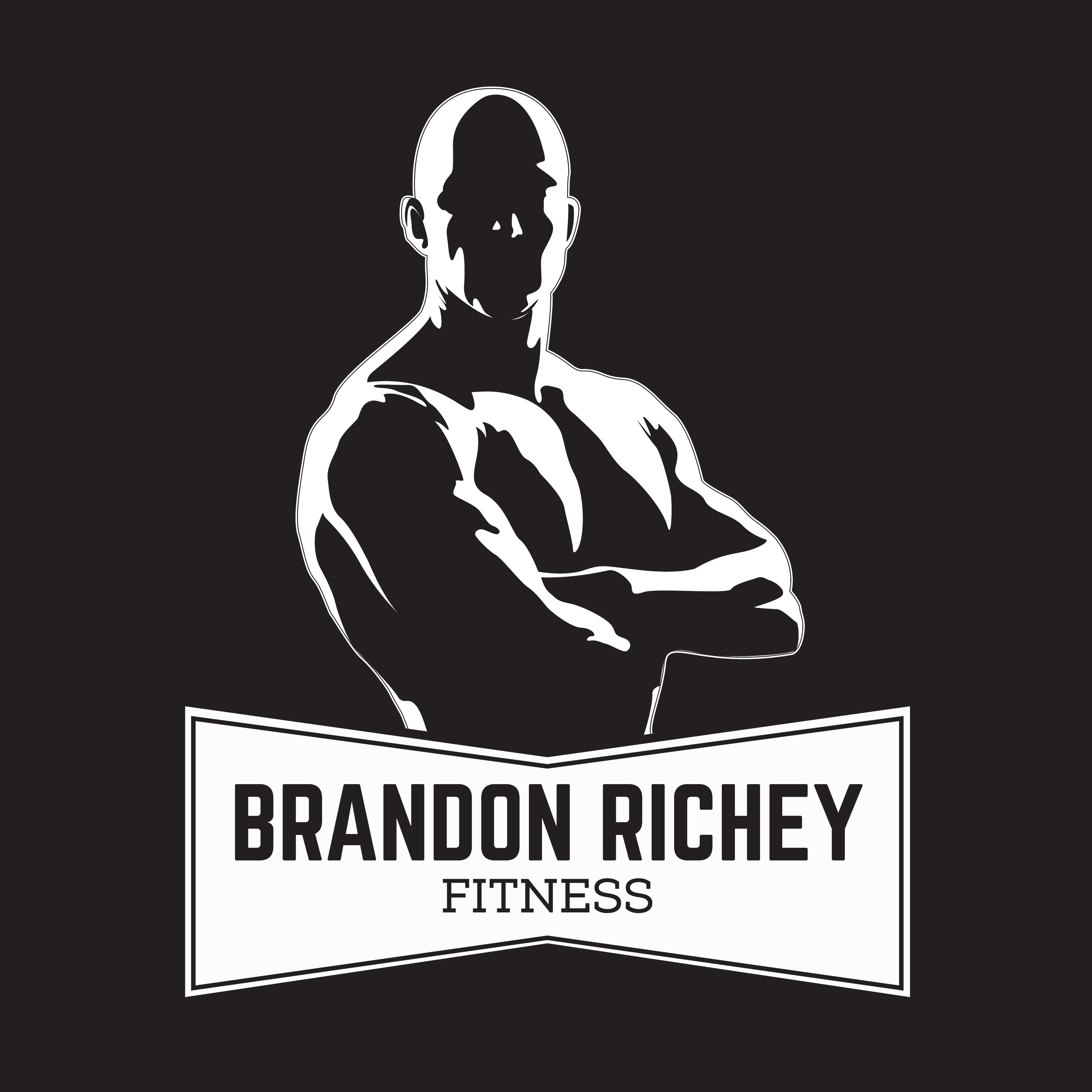
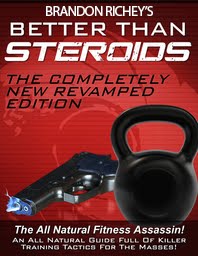
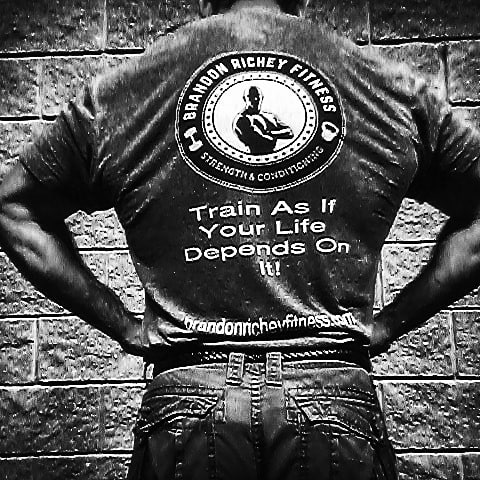
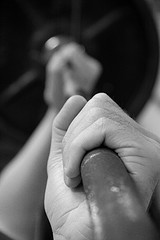
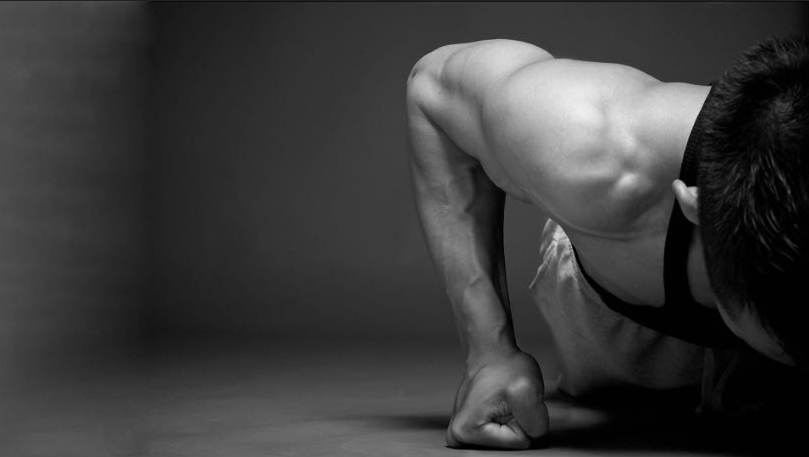
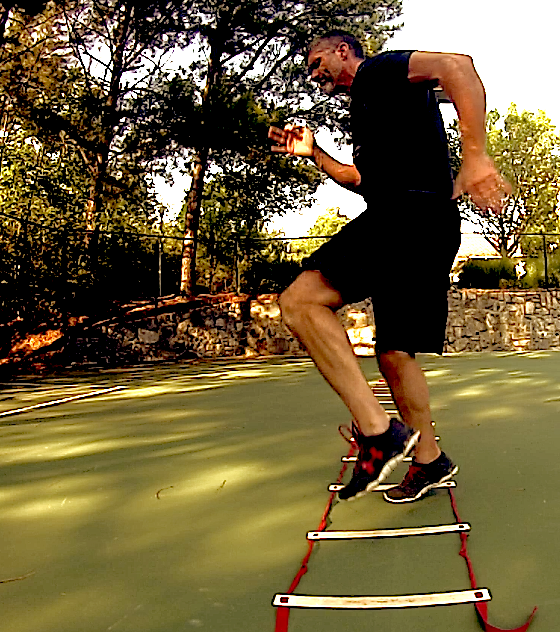

Thanks for the advice Brandon. Your coaching is taking my fitness to all new levels.
Chad
Hey Chad, no problem. I just felt compelled to inject a little old school Chuck Norris Invasion USA to supplement the topic! 🙂